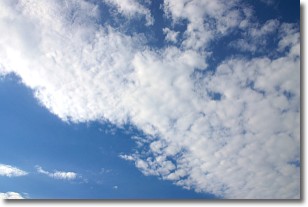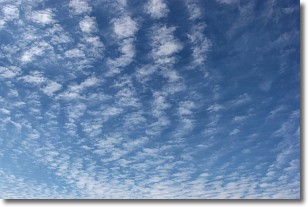Weather Alert in Colorado
Red Flag Warning issued May 23 at 1:29PM MDT until May 24 at 8:00PM MDT by NWS Grand Junction CO
AREAS AFFECTED: North Fork; Gunnison Basin
DESCRIPTION: The National Weather Service in Grand Junction has issued a Red Flag Warning for gusty winds, low relative humidity and dry fuels, which is in effect from noon to 8 PM MDT Saturday. The Fire Weather Watch is no longer in effect. * AFFECTED AREA...In Colorado, Fire Weather Zone 292 North Fork Forecast Area and Fire Weather Zone 293 Gunnison Basin Forecast Area. * TIMING...For the first Red Flag Warning, until 8 PM MDT this evening. For the second Red Flag Warning, from noon to 8 PM MDT Saturday. * WINDS...Southwest 15 to 25 mph with gusts up to 40 mph. * RELATIVE HUMIDITY...8 to 13 percent. * IMPACTS...Fires will catch and spread quickly. Exercise extreme caution with any outdoor burning.
INSTRUCTION: A Red Flag Warning means that critical fire weather conditions are either occurring now, or will shortly. A combination of strong winds, low relative humidity, and warm temperatures can contribute to extreme fire behavior.
Want more detail? Get the Complete 7 Day and Night Detailed Forecast!
Current U.S. National Radar--Current
The Current National Weather Radar is shown below with a UTC Time (subtract 5 hours from UTC to get Eastern Time).

National Weather Forecast--Current
The Current National Weather Forecast and National Weather Map are shown below.

National Weather Forecast for Tomorrow
Tomorrow National Weather Forecast and Tomorrow National Weather Map are show below.

North America Water Vapor (Moisture)
This map shows recent moisture content over North America. Bright and colored areas show high moisture (ie, clouds); brown indicates very little moisture present; black indicates no moisture.

Weather Topic: What are Altocumulus Clouds?
Home - Education - Cloud Types - Altocumulus Clouds
 Next Topic: Altostratus Clouds
Next Topic: Altostratus Clouds
Similar to cirrocumulus clouds, altocumulus clouds are
characterized by cloud patches. They are distinguished by larger cloudlets
than cirrocumulus clouds but are still smaller than stratocumulus clouds.
Altocumulus clouds most commonly form in middle altitudes (between 2 and 5 km)
and may resemble, at times, the shape of a flying saucer.
These uncommon formations, called altocumulus lenticularis, are created by uplift
in the atmosphere and are most often seen in close proximity to mountains.
Next Topic: Altostratus Clouds
Weather Topic: What are Cirrocumulus Clouds?
Home - Education - Cloud Types - Cirrocumulus Clouds
 Next Topic: Cirrostratus Clouds
Next Topic: Cirrostratus Clouds
Cirrocumulus clouds form at high altitudes (usually around 5 km)
and have distinguishing characteristics displayed in a fine layer of
small cloud patches. These small cloud patches are sometimes referred to as
"cloudlets" in relation to the whole cloud formation.
Cirrocumulus clouds are formed from ice crystals and water droplets. Often, the
water droplets in the cloud freeze into ice crystals and the cloud becomes a
cirrostratus cloud. Because of this common occurrence, cirrocumulus cloud
formations generally pass rapidly.
Next Topic: Cirrostratus Clouds
Current conditions powered by WeatherAPI.com




